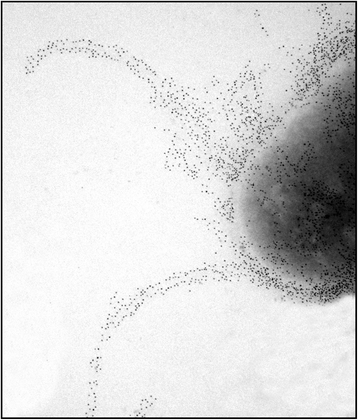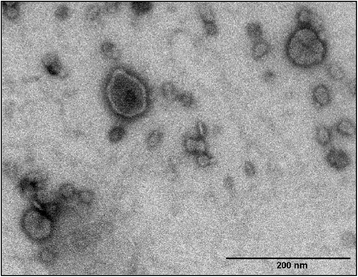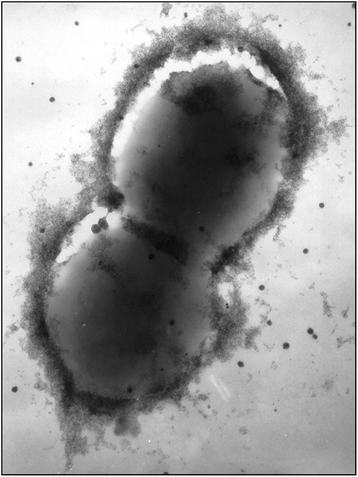Bacterial determinants of importance in the virulence of Gallibacterium anatis in poultry
- PMID: 26063044
- PMCID: PMC4462078
- DOI: 10.1186/s13567-015-0206-z
Bacterial determinants of importance in the virulence of Gallibacterium anatis in poultry
Abstract
Gallibacterium anatis, a member of the Pasteurellaceae family, constitute a part of the normal micro-flora of the upper respiratory tract and the lower genital tract in chickens. However, increasing evidence indicate that G. anatis is also associated with a wide range of pathological changes, particularly in the reproductive organs, which leads to decreased egg production, lowered animal welfare and increased mortality. As a recently defined opportunistic pathogen limited focus has been placed on the pathogenesis and putative virulence factors permitting G. anatis to cause disease. One of the most studied virulence determinants is a large RTX-like toxin (GtxA), which has been demonstrated to induce a strong leukotoxic effect on avian macrophages. A number of fimbria of different sizes and shapes has been described. Particularly fimbriae belonging to the F17-like family appears to be common in a diverse selection of G. anatis strains. Mutants lacking the FlfA fimbria were severely attenuated in experimentally infected chickens. Additional characteristics including the ability to express capsular material possibly involved in serum resistance; secretion of metalloproteases capable of degrading immunoglobulins, and hemagglutinins, which may promote biofilm formation are all factors likely linked to the virulence of G. anatis. A major advantage for the study of how G. anatis interact with its host is the ability to perform biologically relevant experimental infections where natural routes of exposure allows reproduction of lesions observed during spontaneous infections. This review summarizes the current understanding of the G. anatis pathogenesis and discusses the contribution of the established and putative virulence factors described for this bacterium to date.
Figures





References
-
- Bisgaard M, Korczak BM, Busse HJ, Kuhnert P, Bojesen AM, Christensen H. Classification of the taxon 2 and taxon 3 complex of Bisgaard within Gallibacterium and description of Gallibacterium melopsittaci sp. nov., Gallibacterium trehalosifermentans sp. nov. and Gallibacterium salpingitidis sp. nov. Int J Syst Evol Microbiol. 2009;59:735–744. doi: 10.1099/ijs.0.005694-0. - DOI - PubMed
-
- Christensen H, Bisgaard M, Bojesen AM, Mutters R, Olsen JE. Genetic relationships among avian isolates classified as Pasteurella haemolytica, 'Actinobacillus salpingitidis' or Pasteurella anatis with proposal of Gallibacterium anatis gen. nov., comb. nov. and description of additional genomospecies within Gallibacterium gen. nov. Int J Syst Evol Microbiol. 2003;53:275–287. doi: 10.1099/ijs.0.02330-0. - DOI - PubMed
-
- Kjos-Hansen B. Egglederperitonitt forårsaket av patogen "kloakkbakterie" hos høns. Nord Vet Med. 1950;2:523–531.
-
- Gerlach H. Die Bedeutung von Pasteurella haemolytica in Hühnerbeständen. Prakt Tierarzt. 1977;5:324–325.
Publication types
MeSH terms
Substances
LinkOut - more resources
Full Text Sources
Other Literature Sources
Research Materials

